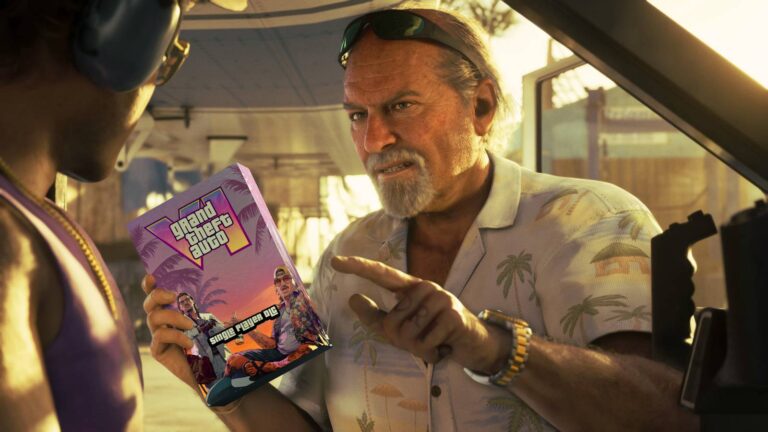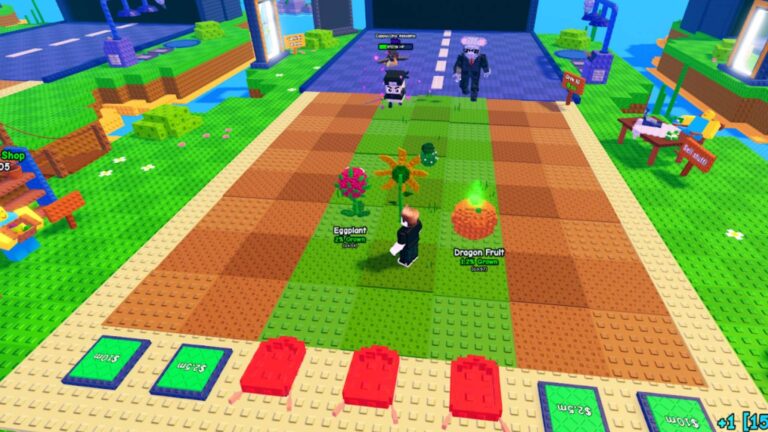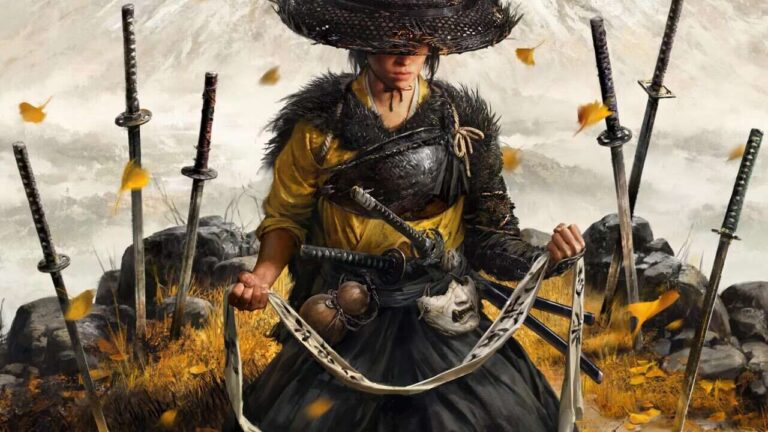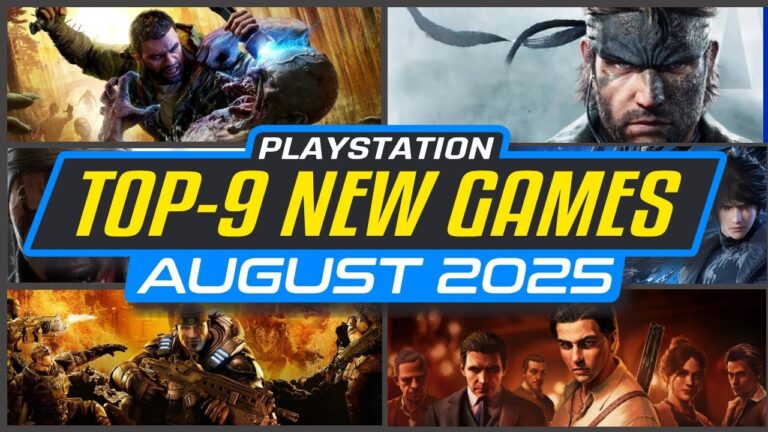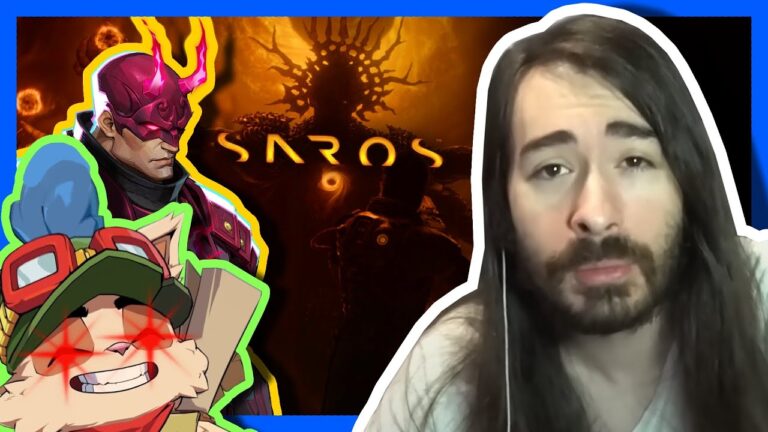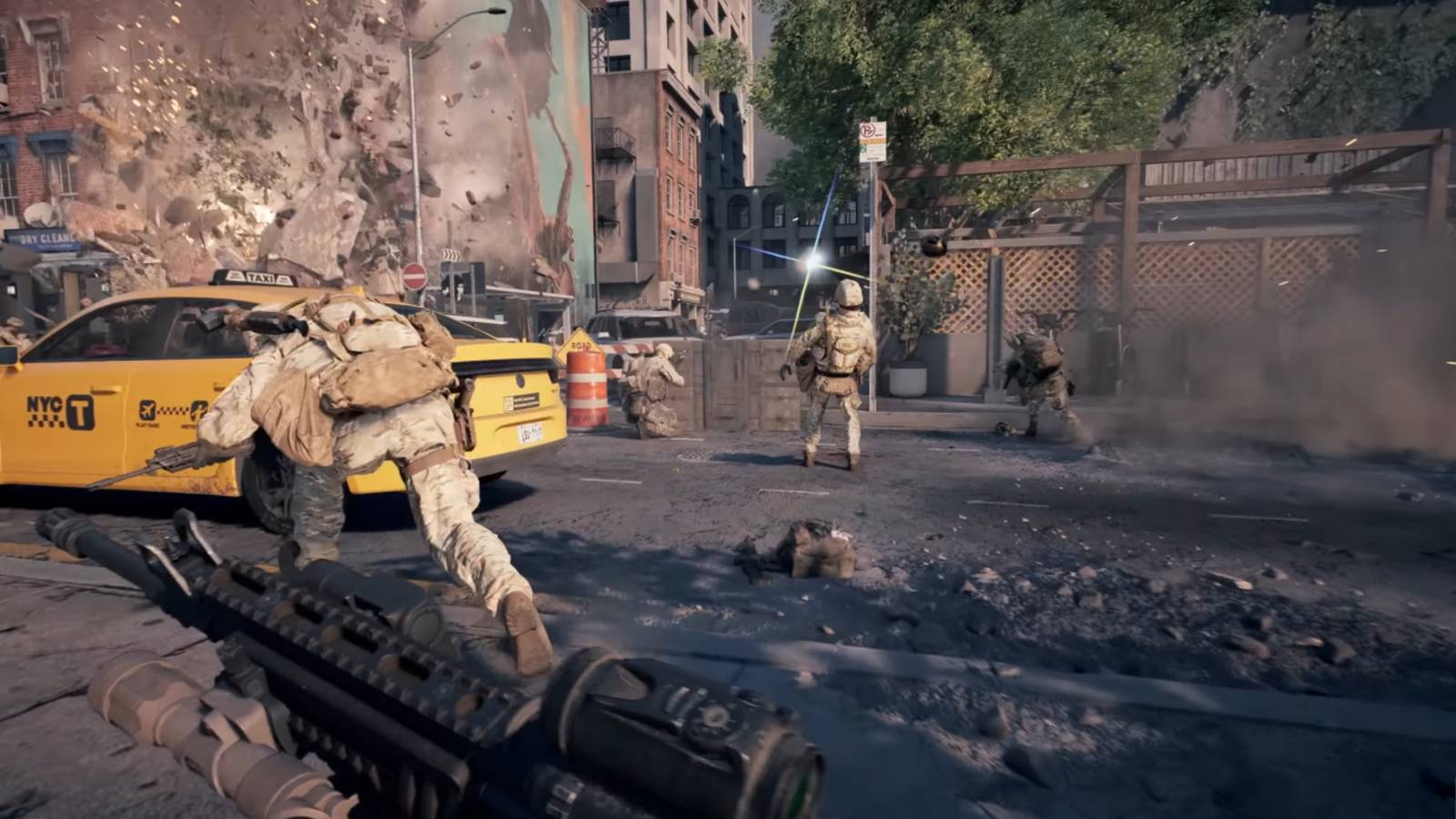
Battlefield 6 brought back the large-scale chaos and teamwork that fans love, but it isn’t the only shooter that can keep players hooked for hours. Many other FPS games offer the same kind of excitement with their huge maps, intense gun fights, and the excitement of working together to win. These games may look and feel different, but they share the same spirit that makes Battlefield so fun to play.
Some of these FPS games focus on realism, where every shot counts and teamwork means survival. Then there are those that are all about speed and all-out chaos. Each of these FPS games gives players a different taste of what makes Battlefield special, whether it’s the chaos, teamwork, or intensity.
Insurgency: Sandstorm
Realistic Warfare And Tactical Team Play
Insurgency: Sandstorm is not a run-and-gun shooter. Instead, it’s for players who think before they move and who work closely with their squad. It’s also one of the few shooters that captures the chaos of a real gunfight without being overly complex.
Most gun fights in the game last only seconds, so communication and timing are everything. Squad leaders mark targets, call in air support, or set rally points to keep momentum alive. If one player ignores orders, the whole team can suffer from that mistake in Insurgency: Sandstorm.
Hell Let Loose
Massive World War 2 Battles
Hell Let Loose recreates World War 2 on a massive scale, focusing on front-line teamwork instead of personal glory. Each 50v50 match is a long, evolving struggle across wide maps filled with tanks, artillery, and infantry lines. Unlike arcade shooters, success depends on coordination between multiple roles. Commanders, squad leaders, tank crews, and logistics teams all share responsibility for the outcome.
What keeps players coming back to Hell Let Loose is the sense of realism and teamwork. Every role, from medic to artillery gunner, contributes to the flow of war. Those who appreciate Battlefield’s large-scale warfare but want deeper coordination and more tactical structure will find Hell Let Loose pretty impressive.
Squad
Modern Warfare Built On Real Communication And Tactical Discipline
Squad is all about organized teamwork in modern combat. As a simulation, it combines realism with structured squad play, so communication is the most powerful tool in a game like this. Each team is divided into small units with assigned roles: medics, engineers, riflemen, and vehicle crews. Matches unfold on huge maps that demand strategy rather than speed. The pacing is slower than traditional shooters, but that slower pace makes it more realistic.
Squad appeals to players who want cooperation and structure instead of chaos. It feels like commanding a real platoon, with all the planning, building, and advancing together. Players coming from Battlefield 6 will notice a more serious tone, but those who love tactical realism and coordination will find Squad deeply rewarding once they adapt to its slower, more deliberate pace.
Arma 3
A Sandbox Military Simulator With Endless Design Possibilities
Arma 3 offers a realistic military experience that gives players complete control over how they play. The maps are enormous, covering hundreds of square kilometers of realistic terrain. Players can command squads, pilot helicopters, operate tanks, or snipe from distant hills, all in one mission.
What makes Arma 3 stand out is its creative freedom. It has one of the most powerful mission editors in gaming, allowing players to design everything from small patrol missions to massive wars. Arma 3 is for Battlefield fans who want more control, more scale, and more realism.
Call of Duty: Modern Warfare 2
Explosive, Fast, And Cinematic Gunfights
For players who enjoy Battlefield’s modern setting but want smoother gunplay and faster matches, Modern Warfare 2 is one of the best options available. Every movement, from sliding to mantling, flows naturally, and the weapon feedback is sharp and satisfying.
The multiplayer suite is the main attraction. Dozens of modes offer everything from small team battles to larger objective fights with vehicles. Outside of multiplayer, the campaign is tightly designed with good visuals and engaging missions. But it’s the competitive modes and Warzone integration that keep players hooked.
BattleBit Remastered
A Blocky But Deep Shooter That Delivers Large-Scale Chaos
BattleBit Remastered looks simple with its blocky graphics, but it offers massive 254-player battles that rival Battlefield in scale. Its visuals may be basic, but that design choice allows smooth performance even with chaotic, large-scale combat. Players fight across huge maps with vehicles, helicopters, and destructible buildings that shape each encounter.
Every bullet and explosion in the game changes the environment. Buildings collapse, trees fall, and cover disappears, forcing teams to adapt quickly. Squad leaders can place rally points, organizing assaults while engineers repair vehicles and build defenses. The destruction system is fun for those who love chaos and unpredictability.
Counter-Strike 2
A Competitive Shooter Where Precision, Timing, And Team Tactics Matter
Counter-Strike 2 keeps the classic formula of precise gunplay, clear objectives, and round-based tension. Two teams (terrorists and counter-terrorists) battle across short, focused maps where every second and every bullet counts. The updated Source 2 engine improves visuals, smoke effects, and responsiveness, but the gameplay remains razor-sharp and unforgiving.
The battles revolve around planting or defusing bombs, with players managing money for weapons and utilities. Winning rounds gives more cash, while losing forces tactical saves. This economy system adds strategy beyond shooting, as players need to plan their purchases and coordinate with teammates.
Tom Clancy’s Rainbow Six Siege X
Counter Terrorism With Close Quarter Combat
Rainbow Six Siege X deals with a lot of strategy, gadgets, and destructible environments. Teams of five attackers and five defenders face off in tight, indoor maps where every wall, floor, and ceiling can change the course of a match. Each operator has unique equipment, from breaching charges to surveillance drones, making planning and timing as important as shooting.
The game’s “X” version refines visuals, balance, and accessibility. It keeps the intense, tactical gameplay that made Siege famous, but smooths the experience for newcomers. Battles are slower and more thoughtful, as rushing usually leads to defeat. Attackers must gather intel, clear traps, and breach carefully, while defenders reinforce walls and create angles to surprise intruders.



